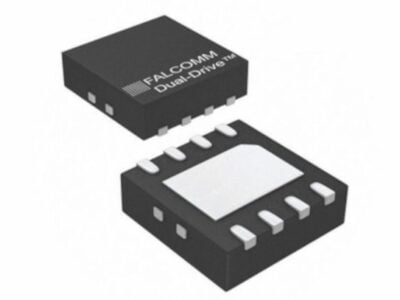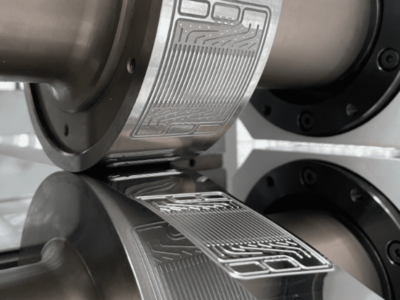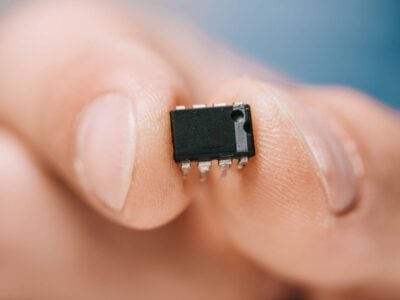
Energy harvesting system integrates easily into clothing
Researchers at KAIST in Korea have developed a highly flexible but sturdy wearable piezoelectric energy harvesting system using a simple and easy fabrication process of hot pressing and tape casting.
This energy harvesting system has a record interfacial adhesion strength, bringing embedded wearable electronics a step closer.
A research team led by Professor Seungbum Hong said that the novelty of this result lies in its simplicity, applicability, durability, and its new characterization of wearable electronic devices. A patent for the process has been applied for in Korea.
“This study could enable the commercialization of highly durable wearable devices based on the analysis of their interfacial adhesion strength. Our study lays a new foundation for the manufacturing process and analysis of other devices using fabrics and polymers. We look forward to fabric-based wearable electronics hitting the market very soon,” said Hong.
The fabric has a heterostructure of a ferroelectric polymer, poly(vinylidene fluoride-co-trifluoroethylene) [P(VDF-TrFE)] and two conductive fabrics. Simulation and experimental analysis showed fully bendable, compact and concave interfaces and a high piezoelectric coefficient of −32.0 pC/N.
The record high interfacial adhesion strength of 22 N/cm between the P(VDF-TrFE) layer and fabric layers has been measured by surface and interfacial cutting analysis system (SAICAS) for the first time in the field of fabric-based wearable piezoelectric electronics.
For this process, the research team used a hot pressing and tape casting procedure to connect the fabric structures of polyester and a polymer film. Hot pressing has usually been used when making batteries and fuel cells due to its high adhesiveness. Above all, the process takes only two to three minutes. The newly developed fabrication process will enable the direct application of a device into general garments using hot pressing just as graphic patches can be attached to garments using a heat press.
In particular, when the polymer film is hot pressed onto a fabric below its crystallization temperature, it transforms into an amorphous state. In this state, it compactly attaches to the concave surface of the fabric and infiltrates the gaps between the transverse wefts and longitudinal warps. These features result in high interfacial adhesion strength. For this reason, hot pressing has the potential to reduce the cost of fabrication through the direct application of fabric-based wearable devices to common garments.
In addition to the conventional durability test of bending cycles, the newly introduced surface and interfacial cutting analysis system proved the high mechanical durability of the fabric-based wearable device by measuring the high interfacial adhesion strength between the fabric and the polymer film. This lays a new foundation for the manufacturing process and analysis of wearable devices using fabrics and polymers, says Hong.
The team first used the surface and interfacial cutting analysis system (SAICAS) to test the mechanical properties of polymer-based wearable devices. The surface and interfacial cutting analysis system is more precise than conventional methods (peel test, tape test, and microstretch test) because it qualitatively and quantitatively measures the adhesion strength.
Related piezoelectric energy harvesting articles
- PIEZOELECTRIC CANTILEVER GENERATES POWER FOR HEART IMPLANT
- PIEZOELECTRIC SYSTEM FOR WEARABLES
- STRETCHABLE PIEZOELECTRIC FIBRE CAN BE WOVEN INTO CLOTH TO GENERATE POWER
Other articles on eeNews Power
- Bizen takes on GaN and SiC in small power packages
- Tesla Battery Day will mark dramatic industry shift
- TDK-Lambda in £11.5m factory revamp
- Clean power boost from Amazon’s first climate fund investments
 If you enjoyed this article, you will like the following ones: don't miss them by subscribing to :
eeNews on Google News
If you enjoyed this article, you will like the following ones: don't miss them by subscribing to :
eeNews on Google News




